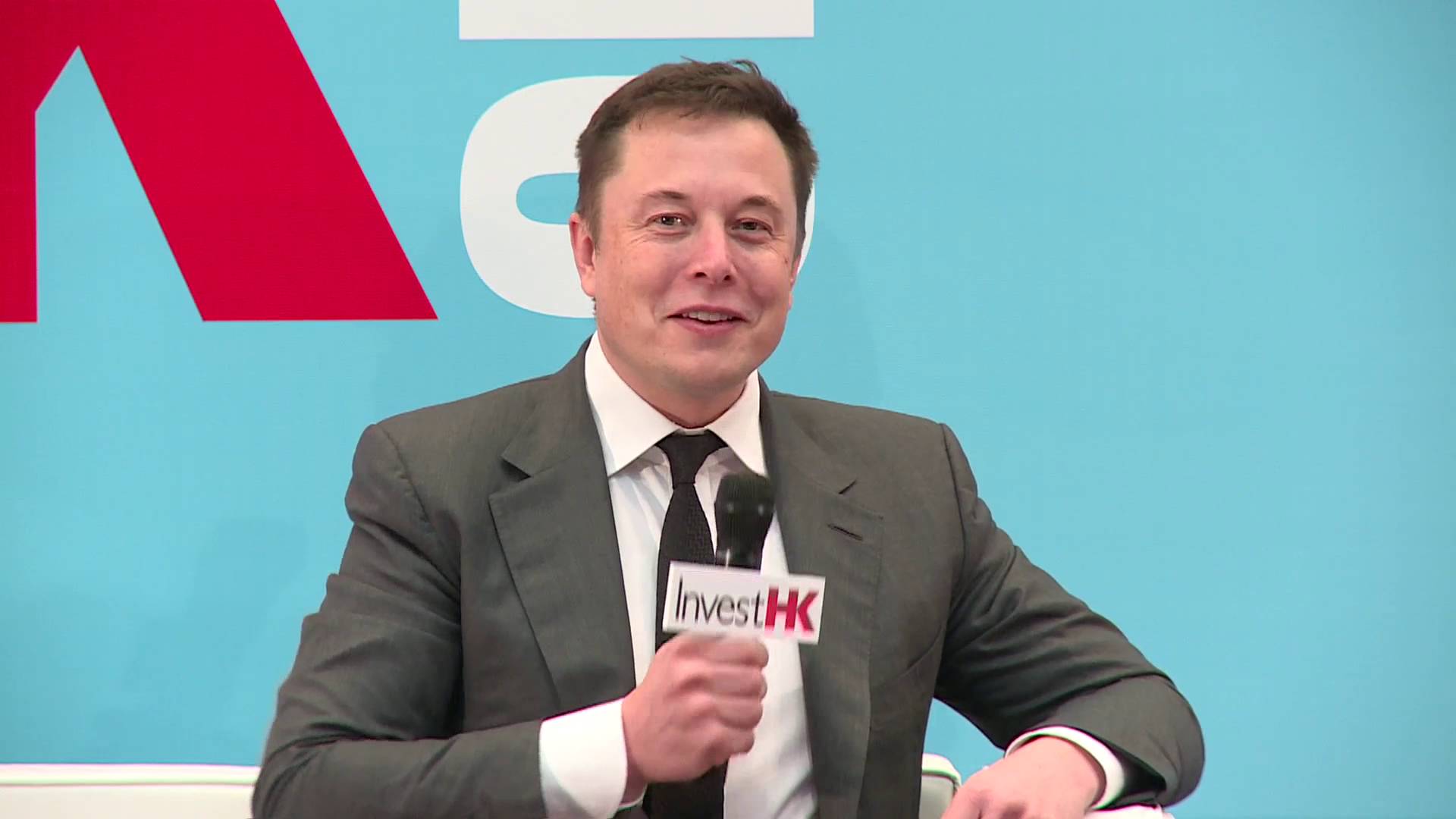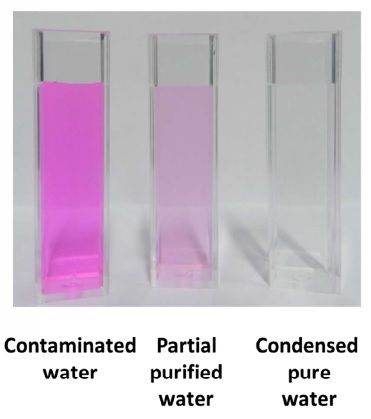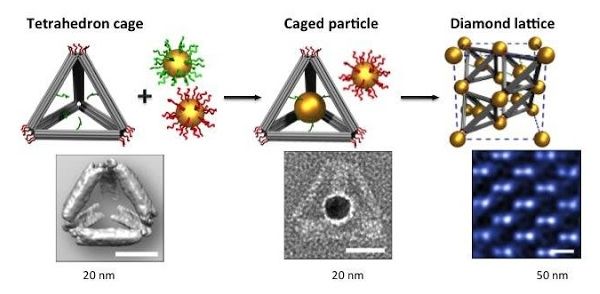Feb 8, 2016
Quantum Levitation
Posted by Shailesh Prasad in categories: materials, quantum physics, transportation
Researchers at the school of physics and astronomy at Tel Aviv University have created a track around which a superconductor (a material that is extremely efficient at transmitting electricity) can float, thanks to the phenomenon of “quantum levitation “.
This levitation effect is explained by the Meissner effect, which describes how, when a material makes the transition from its normal to its superconducting state, it actively excludes magnetic fields from its interior, leaving only a thin layer on its surface.
When a material is in its superconducting state — which involves very low temperatures — it is strongly diamagnetic. This means that when a magnetic field is externally applied, it will create an equally opposing magnetic field, locking it in place.
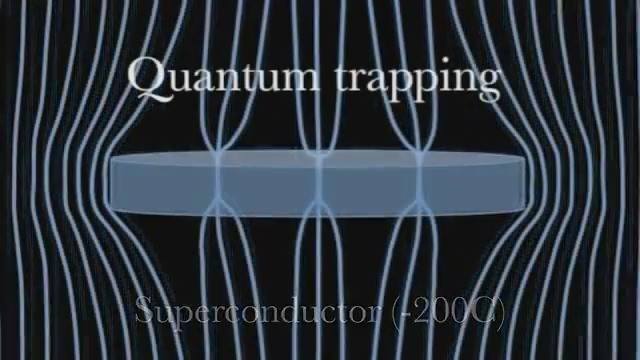
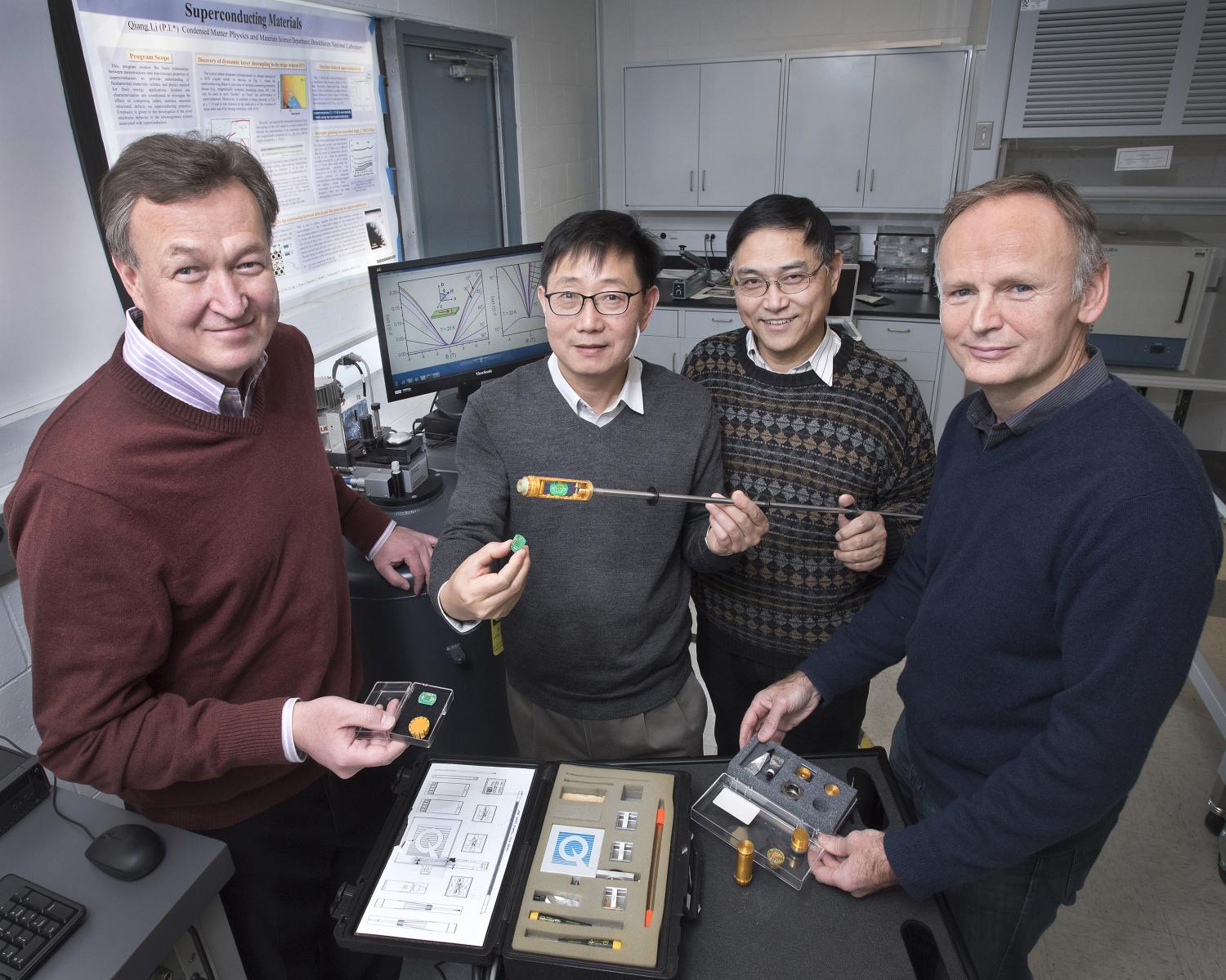

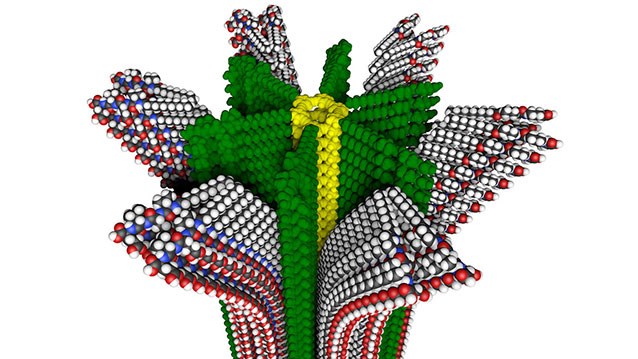 What would be really cool is have a “Computer Screen in a Can”; take your polymer spray and instantly create a screen on a table, a window, suitcase, etc. with your “Computer Screen in a Can”; U Can! I can just imagine the infomercials. On a more serious note — NW Univ has developed a new Hybrid Polymer which is going to expand the capabilities of polymer into so many areas in medicine, to manufacturing, electronics, self reparing material & devices, etc.
What would be really cool is have a “Computer Screen in a Can”; take your polymer spray and instantly create a screen on a table, a window, suitcase, etc. with your “Computer Screen in a Can”; U Can! I can just imagine the infomercials. On a more serious note — NW Univ has developed a new Hybrid Polymer which is going to expand the capabilities of polymer into so many areas in medicine, to manufacturing, electronics, self reparing material & devices, etc.

